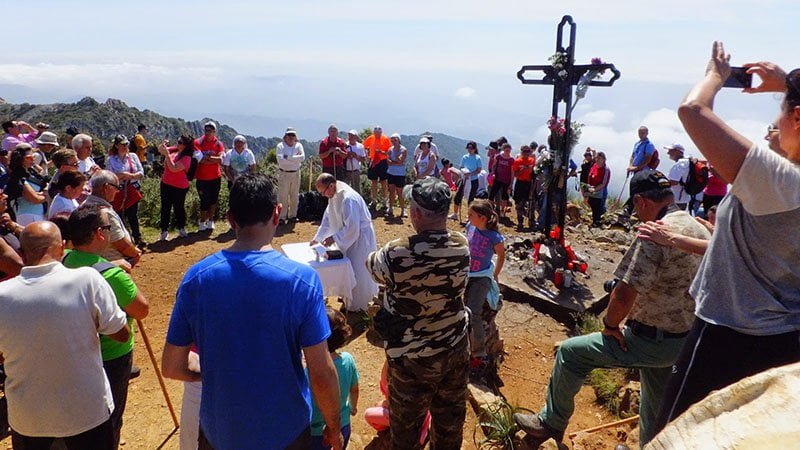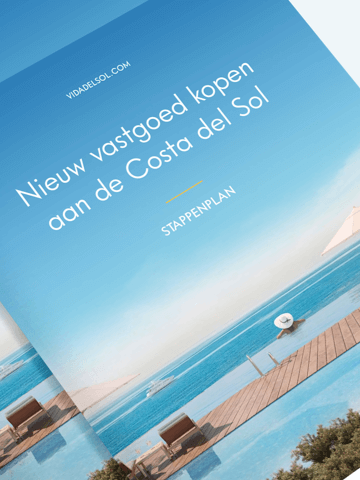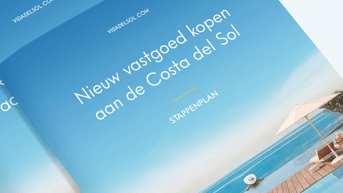Ojén
Ojén Travel Guide
Between the steep mountain slopes and spectacular natural terrain lies the municipality of Ojén – originally a Moorish village, that still cherish its historical heritage. A 20-minute drive to the north of Marbella will take you to this beautiful white village that is situated at the altitude of 309 meters in the middle of Sierra Blanca.
The village has several points of interest to visit: the Mill Museum, the Caves, the Church – Iglesia de la Encarnación dated from the eighteenth century and La Fuente de los Chorros. In various tapas bars you can enjoy a typical local gastronomy such as ‘bolo de hinojos’ chickpea stew, chestnut stew or ‘salmorejo’ – cold tomato soup – a close relative of famous ‘gazpacho’.
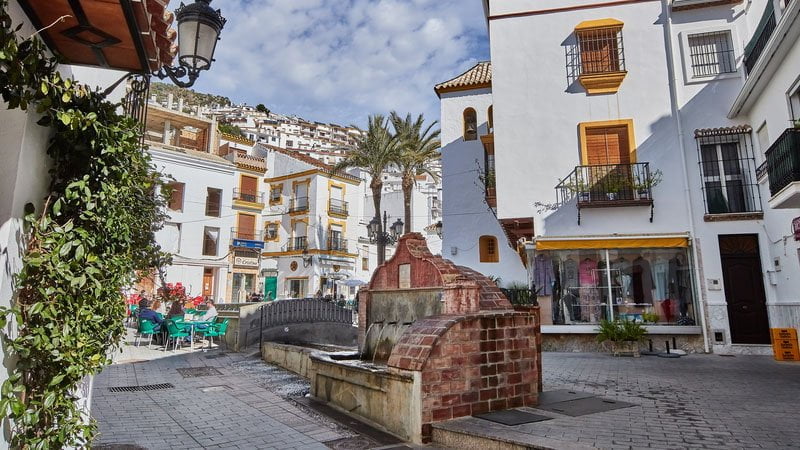
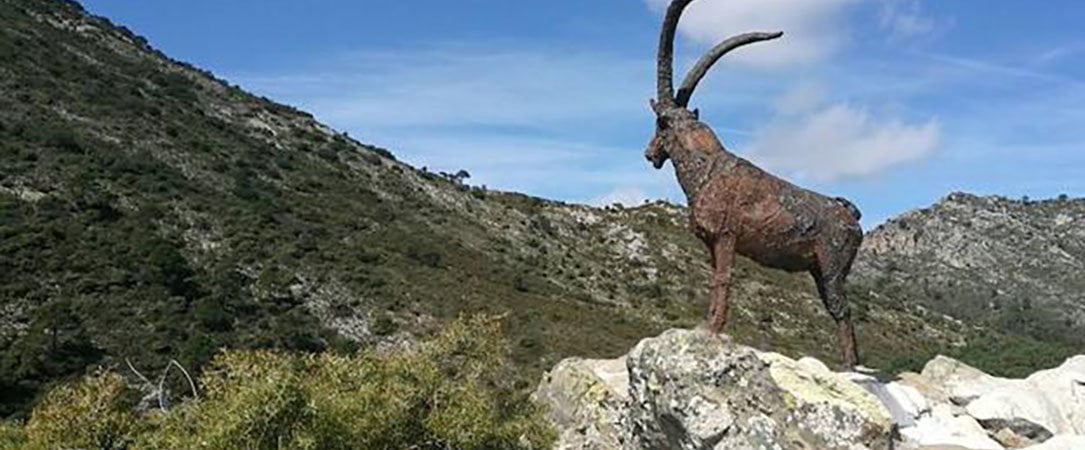
Ojén is situated in a green mountainous area with many hidden caves. There are several hiking trails leading to Sierra Blanca and to the nearby Sierra de las Nieves Natural Park starting from the village. The closest viewpoint is the monument to the mountain goat – an extremely important animal for the people leaving in the mountains.
Hiking is the best kind of sports activity in Ojén. You will find a great variety of flora and fauna that is pretty common for this area. For example, majestic cork oaks, high pine trees, different kinds of herbs, Spanish goat, noble deer, wild sheep, mysterious owls and so much more.
The most famous hiking trail in this area is the walk from Ojén to the Cruz de Juanar, that is situated at the altitude of 1,178 meters. On the same route you can also visit the Refugio de Juanar – an old hunting hut once owned by the Marqueses de Larios. The former king of Spain Alfonso XIII came there to hunt as well. Cruz de Juanar is a magnificent viewpoint with a cast iron cross on top of the mountain. From here you can see the village of Ojén, Sierra Blanca and the Mediterranean See. After a short walk you can get to another viewpoint where you will definitely enjoy a breathtaking view of Marbella.
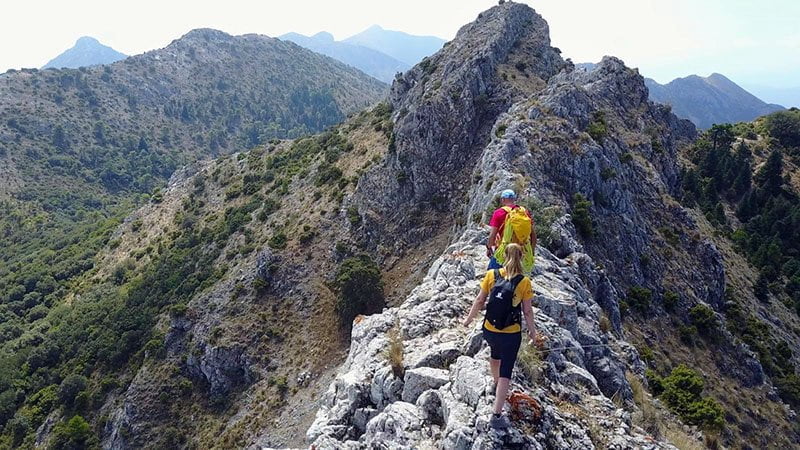
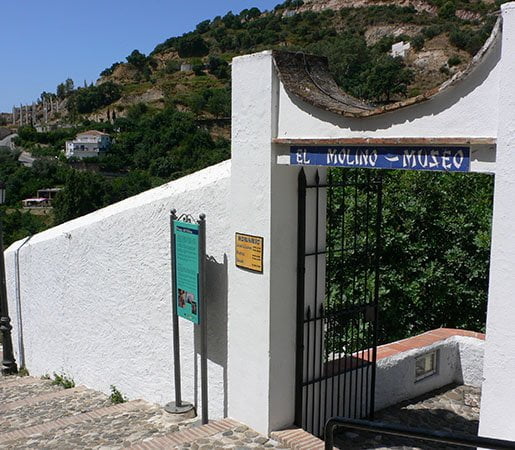
Places to visit:
– Cueva de las Columnas: the Cave of the pillars got its name from the ancient pillars of prehistoric buildings that once were inhabitable.
– Iglesia de la Encarnación was built at the beginning of the 16th century on the site of an old mosque. Next to it there is a natural spring that has been in the past an important water tapping point for travelers and now it’s a very pleasant place to have a rest after a long walk.
– Museo del Molino de Aceite: A former mill has been turned into the museum that shows how the olive oil used to be pressed here after the annual harvest.
– The Wine Museum: A nice exposition about the process of wine making in the province of Málaga from the old days up until now.
Agenda:
– January 28: the official Day of Andalusia that is being celebrated by the carnival
– May 1: a spring festival with a pilgrimage to the Cruz del Juanar
– Last week of July: Flamenco festival
– November 1 and the first Sunday after All Saints Day: a chestnut festival with tons of roasted sweet chestnuts
